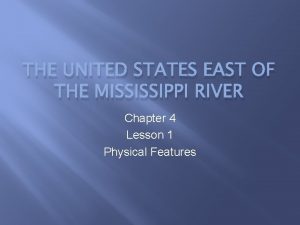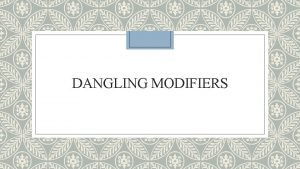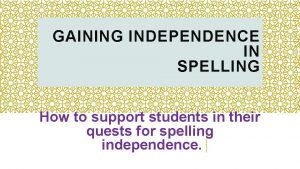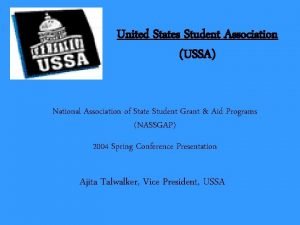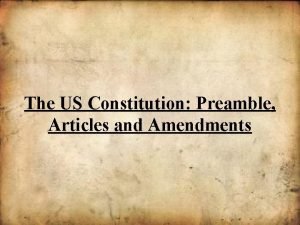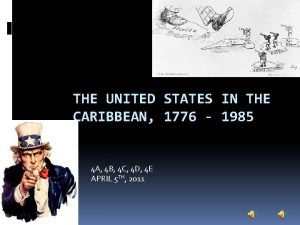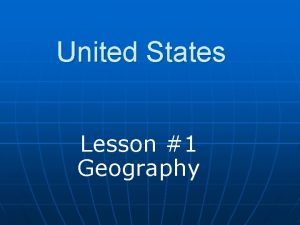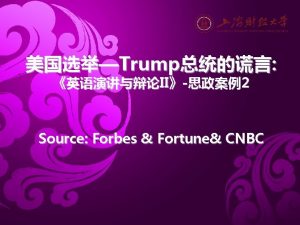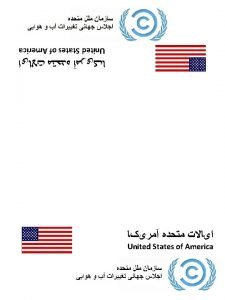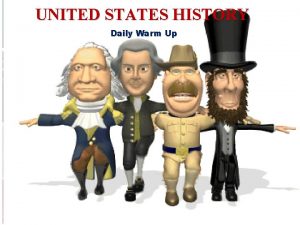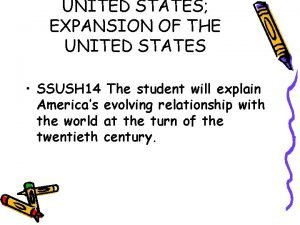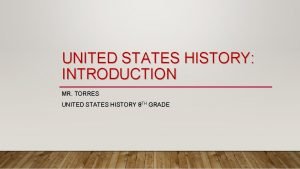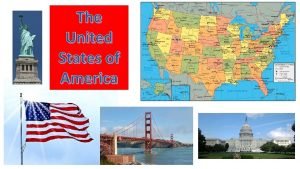Lesson 1 1 The United States was hoping














- Slides: 14

Lesson 1 • 1. The United States was hoping to add a naval base in Hawaii and wanted to benefit from the wealth of the sugar industry. • 2. He convened the conference to try to reduce customs tariffs among American nations, which would steer countries away from European products.

Lesson 2 • 1. The United States was hoping to add a naval base in Hawaii and wanted to benefit from the wealth of the sugar industry. • 2. He convened the conference to try to reduce customs tariffs among American nations, which would steer countries away from European products.

Lesson 3 • 5. A canal would save time and money in commercial and military shipping. Panama was chosen over Nicaragua because a French company sold its rights and property in Panama. Roosevelt sent ships to Panama and recognized that nation’s independence from Colombia. • 6. Because Latin American nations owed so much to European banks, the United States intervened and put pressure on both sides to reach an agreement. The goal was to use the debt problems to intervene in the Latin American region. Many Latin American nations resented America’s influence, but debts were paid to the European banks.

21 st Century Skills • 7. Filipinos were surprised by this turn of events, and resisted American annexation with the use of guerrilla warfare. The United States did not view the annexation as unfair and thought it was helping the people of the Philippines. • 8. The Hawaiian Islands provided a place for ships to resupply during the long trips across the Pacific Ocean. • 9. Supporting: need to expand markets, build naval bases, Anglo. Saxonism; Opposing: against tenets of Constitution, costs outweighed benefits, would drive down American wages. • 10. The United States had access to resources in Guam, Puerto Rico, Cuba, and the Philippines, expanded trade with China, and assumed European based debt of Latin American countries.

Exploring the Essential Question • 11. Diagrams should include key details from the chapter. The causes were that the United States wanted new markets, that many Americans believed the United States should spread its power and civilization to other parts of the world. Its effects were establishing relations with China, negotiating peace between Russia and Japan, intervening in the affairs of Caribbean nations, Mexico, and the Pacific, and controlling and building the Panama Canal.

Document-Based Questions • 12. A naval base to be a stopover to any other destination in the region, where ships could refuel and restock supplies. It would also increase U. S. influence in the region. • 13. Schurz believes that instead of using force, the United States could have supported Philippine independence and it still would have been able to obtain trade with Asia.

Extended-Response Question • 14. Students’ essays must demonstrate a strong grasp of the imperialist policies of the United States. Essays should describe the effects of these policies on the people and the lands that were affected by U. S. imperialism. Students may discuss, for example, the Panama Canal, the Spanish-American War, the annexation of Hawaii, or relations with Asian nations. Essays must include an introduction and a conclusion.

• What were the reasons for the Spanish. American War? The sinking of the Maine, the Cuban rebellion, American business interests, and yellow journalism.

• What were the main consequences of the Spanish-American War? The end of Spain’s dominion in the New World, the establishment of an American empire.

• How did the interests of business result in the statehood of Hawaii? Sugar interests that wanted to maximize profits, but feared Hawaiian nationalism, got help from the marines to stage a coup to take over Hawaii on the United States’s behalf.

• How did the United States persuade the Japanese to open trade? Through a show of military technology, as Commodore Perry arrived in Japan aboard a steam-powered warship.

• In what ways did the Open Door policy save China from European partition? The United States, wary of what partition could mean to American business interests, negotiated with European powers to keep China relatively free, although powerless.

• What was the reason for the building of the Panama Canal? It was built so that ships could pass more quickly from the Atlantic to the Pacific Oceans.

• What is a protectorate? A protectorate is a territory controlled by a more powerful nation, but independent in internal matters.
 The united states east of the mississippi river lesson 1
The united states east of the mississippi river lesson 1 States west of the mississippi river
States west of the mississippi river Whats a dangling modifier
Whats a dangling modifier As a new student canya is hoping to fit in
As a new student canya is hoping to fit in Independence spelling
Independence spelling Was the united states on the axis powers or allied powers?
Was the united states on the axis powers or allied powers? Mediterranean climate in us
Mediterranean climate in us 36 30 line
36 30 line Usa pro soccer teams
Usa pro soccer teams United states v nixon outcome
United states v nixon outcome United states student association
United states student association The united states ought to provide a universal basic income
The united states ought to provide a universal basic income Preamble
Preamble The united states in the caribbean 1776-1985
The united states in the caribbean 1776-1985 Southeast region physical features
Southeast region physical features
